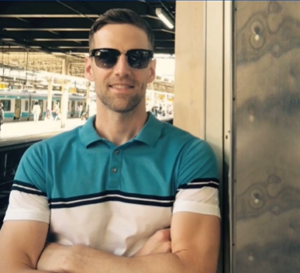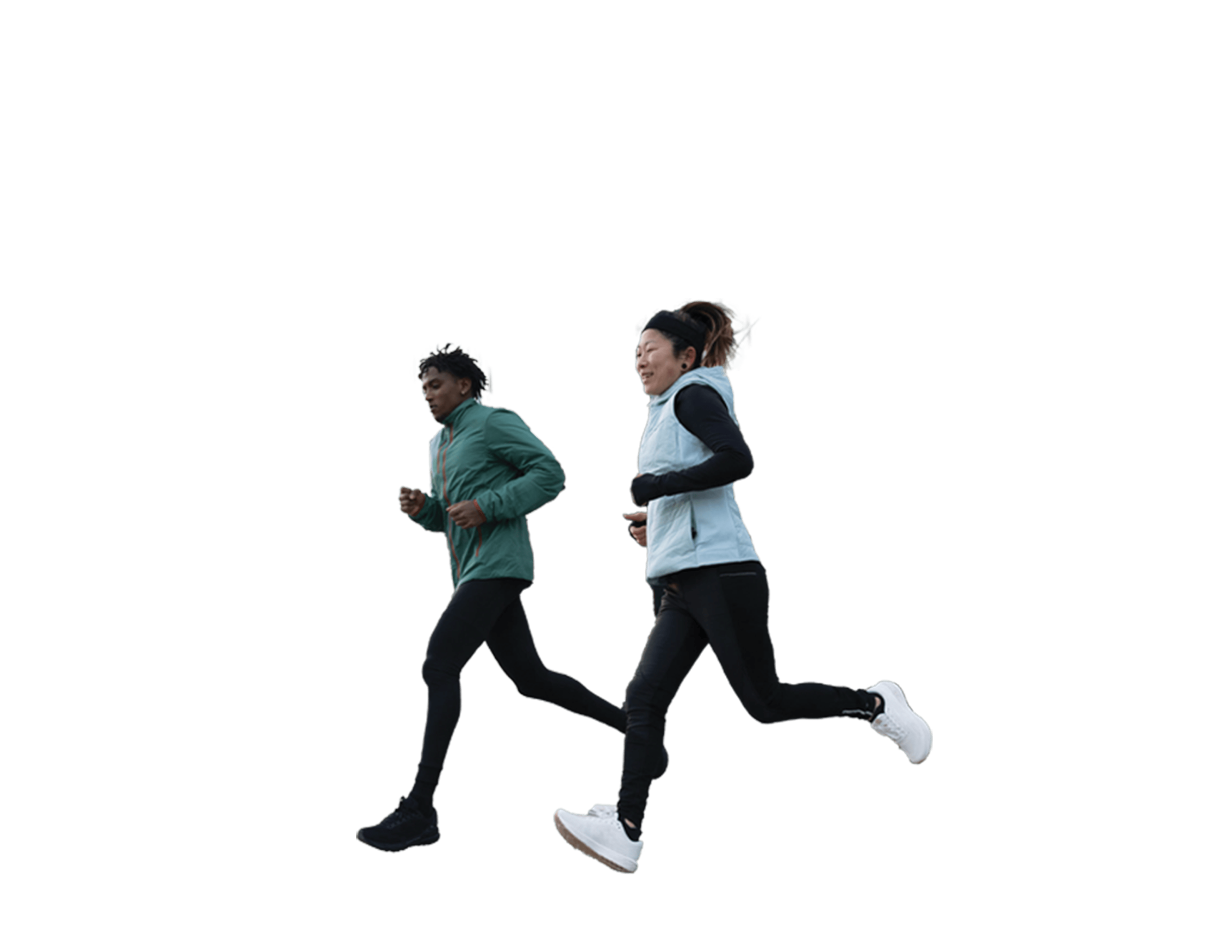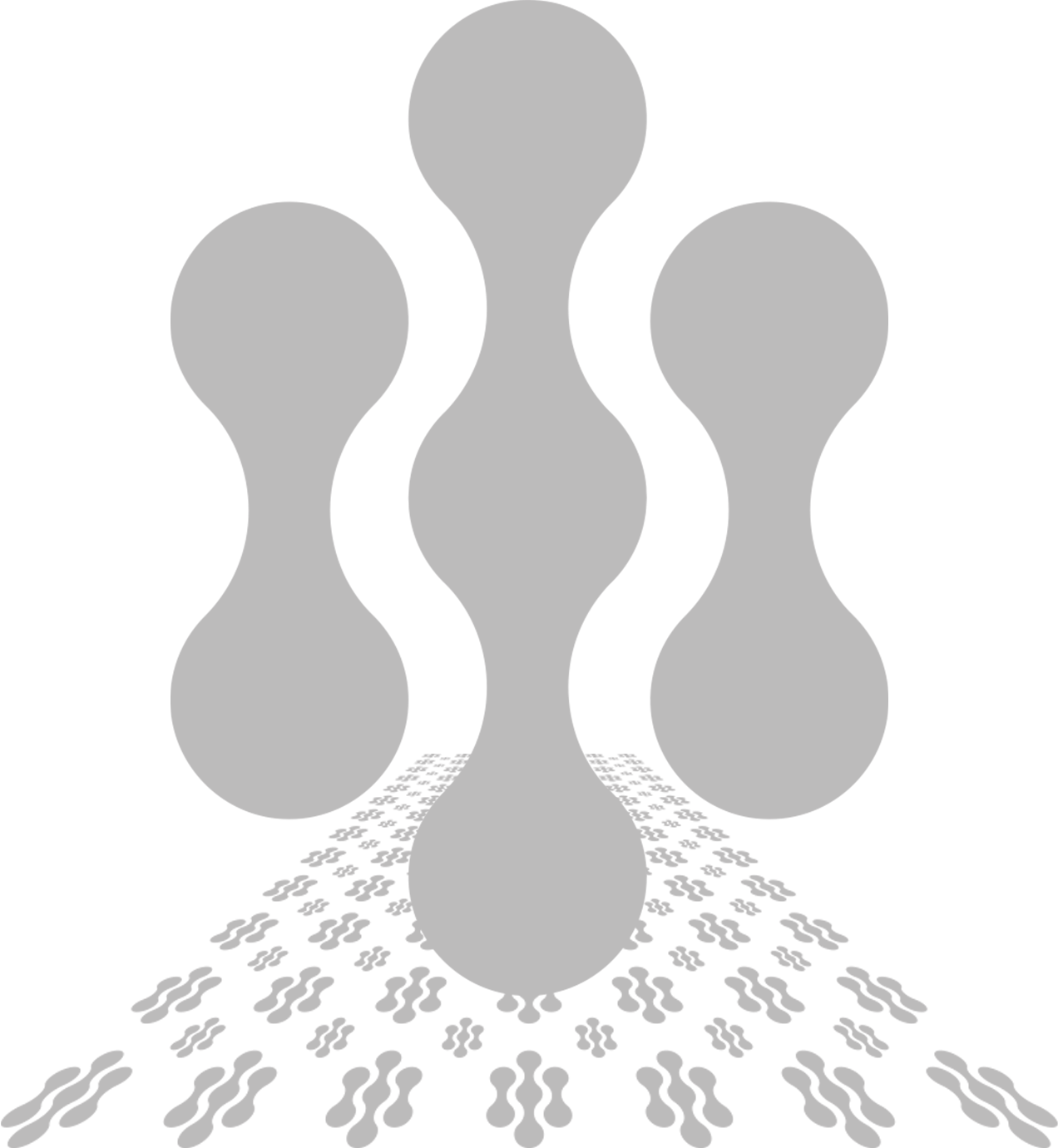John Barrett was once like any other teenager, hellbent on not following his dad into the family business. After a summer spent working at a boot factory in Mexico, 16-year-old John decided he wanted nothing to do with the shoe industry. But when your dad is Glenn Barrett, an original shoe dog, footwear industry veteran, and founder of OrthoLite, what’s a rebellious teenager to do?
Almost subconsciously, the shoe business had already made a profound impact on John’s worldview. Family vacations were based around checking in with factories in Taiwan, where he and his siblings would crash out on the conference room floor as his dad did business. Guests to their home in Massachusetts came from South Korea, Germany, and from all corners of the world. John grew up with a global sensibility not common to most of his New England peers. He had an insatiable curiosity to learn and to see the world, and an upbringing that fostered a sense of cultural acceptance.
His path didn’t lead directly to OrthoLite. So when he arrived here, he started at the bottom — observing and learning as an entry level team member in China. His insights from those first few years would go on to position the company as the most reliable and trusted ingredient brand in all of footwear. Specifically, John was the architect behind OrthoLite’s vertical integration, and a champion for ethical and sustainable business practices.
In 2019, Barrett was named president of OrthoLite. As a company, we’re poised to have our best year ever in 2021. Big
announcements are on the horizon and our family of colleagues and brand partners continues to grow around the world. Joh

n would say the success is a team effort, and we’d agree. Though the trajectory and vision is largely a result of his leadership into a new and better way to make our product.
OrthoLite (OLT): Before we get into the “meat” of this, we need to ask a critical question. How many pairs of shoes do you own?
John Barrett (JB): I have about 200 pairs of shoes in active rotation.
OLT: Two hundred?!? Okay, so it’s fair to say you’re a shoe guy personally and professionally?
JB: Definitively, yes. My shoes are very important to me, and honestly, they probably represent about 30% of my worldly possessions. At one point I had 26 pairs of golf shoes!
OLT: Wow. While we’re tallying numbers, how many languages do you speak?
JB: Four. Spanish, Japanese, Chinese, and English.
OLT: Rumor has it you learned Japanese to impress a girl…?
JB: Yeah, that’s kind of true. When I was 16, I dated a Japanese girl. I learned Japanese partly to impress her, but more to win over her parents!
OLT: The relationship didn’t last, but your curiosity around the language sparked an interest in Asian culture, did it not?
JB: Absolutely. I studied at the University of Tokyo, where I got my graduate degree. My roommate introduced me to his father, who happened to be the mayor of Osaka. After graduating, I stayed in Japan and worked on his reelection campaign, which was really cool. The mayor thought it would be compelling to have an American guy who spoke Japanese getting the young people out to vote.
OLT: Well, we hope you send a thank you card to your ex-girlfriend’s parents for the inspiration! Then it was onto France, n’est-ce pas?
JB: I managed sales for a luxury French linen brand, so I spent a lot of time in Paris and at the company’s factory in northern France. It was a good time. They called me the cretin, because I never acclimated to the French, 2-hour lunch. I ate at my desk and continued to work! I truly love to work. It’s what I do. Anyway, I learned a ton about the opportunities and challenges of relationships and more pertinently, about factory operations.
OLT: Is that why you were asked to join OrthoLite in 2006?
JB: The job offer was basically: Leave your plush job in the luxury market where you’re making good money and drinking good wine, and come work for OrthoLite where we’ll pay you a fraction of your earning potential and you’ll work twice as hard. How could I pass that up? [Laughs] No, seriously. My dad, Glenn Barrett, knew OrthoLite was on the cusp of significant growth, and he was building a team of people he trusted.
OLT: So you took the job and headed directly to China.
JB: After they officially hired me, I met with my dad, Glenn, and his partner, Peter Lunder. I was told, “John, you’re going to move to China for one year. You’re not going to call home. You’re not going to come home. You’re not going to talk to anybody. You’re just going to shut up and listen for a year. And then you can let us know how it’s going.”
OLT: That’s a dramatic ask. What was your response?
JB: It kind of caught me off guard, but I rolled with it. I said, “Okay, that sounds good. Fine. That’s what we’ll do.” And I headed to China.
OLT: What was your role?
JB: My official title, which Peter gave to me, was Odd Shoe Boy. It’s an actual, old-timey job in footwear for the young kid that basically does whatever no one else wants to do. It was the MOST entry level job you could get. Do whatever is asked, and don’t ask questions. That was my job. I was 28 years old.
OLT: How did it go?
JB: It was incredibly eye opening! I first needed to learn the language. I’d sit in meetings, waiting for the translation of a 20-minute dialogue. Then, my translator would look at me and say, “He said, ‘No problem.’”
I had no life outside of OrthoLite. I spent every minute learning about the business, our team, and the culture. I was trying to bring fresh eyes to figuring out what we were doing right, and what we were doing wrong.
OLT: What were your main takeaways?
JB: First, we didn’t own our own factories at the time, which meant we were at the whim of our suppliers and the factories. If they wanted to change prices or production, we had no leverage.
Second, I was blown away by the talent of our team and other people we were working with. We weren’t utilizing the full depth of our talent. They had so many ideas, but no one had ever asked questions. I learned in China if you don’t ask the questions, no one is going to volunteer an answer or response.
So I thought, look at all the hard work we’re putting in! We have an office of 35 people that’s five minutes away from a factory that somebody else owns. We could make a heck of a lot more margin if we did this on our own. We could control our own destiny if we asked the questions and owned our own factories.
OLT: After one year, you fly back to the States to share your idea that OrthoLite should establish its own factories. Were you excited to return to China for three more years?
JB: I wanted to do whatever was best for the company. After one year, I could see there was so much incredible potential in the brand and in what we were doing. I just knew being in China and working for OrthoLite was the place for me. I could see what we’d all be able to accomplish together.
OLT: What was the final impetus to vertically integrate with owned factories?
JB: The short answer is that it was about managing costs, but that’s not the complete answer. One year, we were anticipating a price increase from our chemical supplier in the 5–8% range. They came to the table with a 25–30% jump. We didn’t have options; we didn’t have anywhere else to go. We were beholden to the largest chemical company in the world. I thought, we’re never going through this. We have got to change the game.
So we set out to do it better.
OLT: How did you do better?
JB: We had a secret weapon. His name is Hanson. Our original supplier was the best supplier I’ve ever had in terms of delivery and quality and timing. But we had a passion to create. We thrive on innovation.
This is a short version of a long story, so I want to acknowledge I’m not capturing everyone’s heroic efforts right now. Here it goes: Hanson, our on-staff chemist, is a literal genius.
He began by re-creating our chemical formulations cheaper than we could buy from an outside supplier, without forgoing quality. Then, he worked to improve the eco-footprint of the formulations. The best available eco-product on the market at the time included only 3% soy. Hanson built a formulation with 15% castor oil and no drop in performance. This was a truly incredible product and an incredible leap in eco-performance for footwear.
We had Hanson focused on quality and innovation. We had Peter Lunder focused on margins. And we had Glenn focused on the vision of what we could become once we owned our own factories and sourcing.
OLT: So the first OrthoLite-owned factory, Dongguan Eco Polymer Company (DGEP), opened in 2010, with a strong vision.
JB: It was exciting. We wrote a mantra called the SSE Spirit: Simple, Scientific and Efficient. Everyone who has worked for us from Day One signs a document pledging to embrace this simple, scientific, efficient credo. You know, it was awesome. It’s still awesome. We started the factory with three employees, two of whom are still with us.
We were so stoked about it. We had this eco product and we were going to take over the world.
OLT: And it has worked…at least for the world of footwear! OrthoLite phased out all OEMs within two years of starting DGEP. We now make all chemical formulations and all foam in-house. We use limited cut and mold subcontractors when it benefits turnaround time for our brand partners. But OrthoLite is their only client. All our facilities are staffed with full-time quality assurance and customer service people. And you, John, have overseen a global expansion for OrthoLite that includes owned and operated factories in six countries.
JB: The shoe factories really drive this. We need to be in locations where we can support them. It’s the only way that we’re going to be able to keep up with the growth and the demands of the customers. When there was a big push to Vietnam for shoe factories in 2014, I hired someone who could help us navigate the country, and ultimately, build a factory there. It’s a similar story in Indonesia and India.
OLT: Vertical integration has allowed for an unparalleled level of agility and responsiveness. Owning our own factories is a huge value proposition for our brand partners. What else differentiates the OrthoLite process?
JB: We not only mold our own product, but we also do our own chemistry. That was ground zero for what OrthoLite looks like today. And that’s what completely changed the game for us. Even now, in 2021, none of our competitors do their own compounding or make their own formulations.
OLT: How does our capacity to adapt our formulations become a competitive edge for our brand partners?
JB: With our on-staff chemists, led by Hanson’s genius, and our production capabilities, we can adapt the chemistry and formulations to suit. The competition can’t do that. They have a limited number of formulations (say…four) that they push to all the brands.
When one of our brand partners asked us to create an insole with more cradling and less rebound, we could do it because we own the chemistry and can tweak the formulations. That’s where chemistry becomes the solution to change desired performance parameters.
OLT: When a consumer steps into a shoe with an OrthoLite insole, they’re not thinking about the chemistry. They want a responsibly-made insole that’s comfortable and performs. How does consumer-demand fit in?
JB: The behind-the-scenes chemistry and the frontline customer experience with our product kind of go hand-in-hand. It’s part of our mission. Unmatched comfort, performance and sustainability is our mandate; those are non-negotiables in our products. But we also want our commitment to innovation to inspire brands and consumers. We want to share a collective vision of what can be, and work relentlessly toward that.
OLT: You mention sustainability. How does that fit into the OrthoLite ethos?
JB: Environmentally- and socially-responsible preferences are a key part of our ethos and our practices. Originally, we made certain choices (like using recycled rubber, closed-loop recycling, respectful employment policies, and more) just because we knew it was the right thing to do. I don’t think we thought brands or consumers would necessarily be demanding these practices 10 years down the road.
But now, this is another value that differentiates us from our competitors. We’re the leader in the sustainability realm, we are setting the standards in Higg scores, and we’re continuing to make deliberate and even more sweeping choices toward sustainability.
OLT: You’ve come a long way from Odd Shoe Boy. Can we say we have another shoe dog leading OrthoLite into the future?
JB: Ha! I’m sure I register somewhere on the shoe dog spectrum. But it’s not about me. I know it sounds like a “company line,” but my ego is OrthoLite. Truly. If the brand succeeds, we succeed. And our partners succeed. That’s incredibly important to me.
I’m proud to work for this company. I’m proud to work alongside a wildly talented team that has a shared passion for creation. We think of our products as solutions. And we’re motivated by innovating ever-better solutions for greater comfort, higher performance, and improved sustainability.









